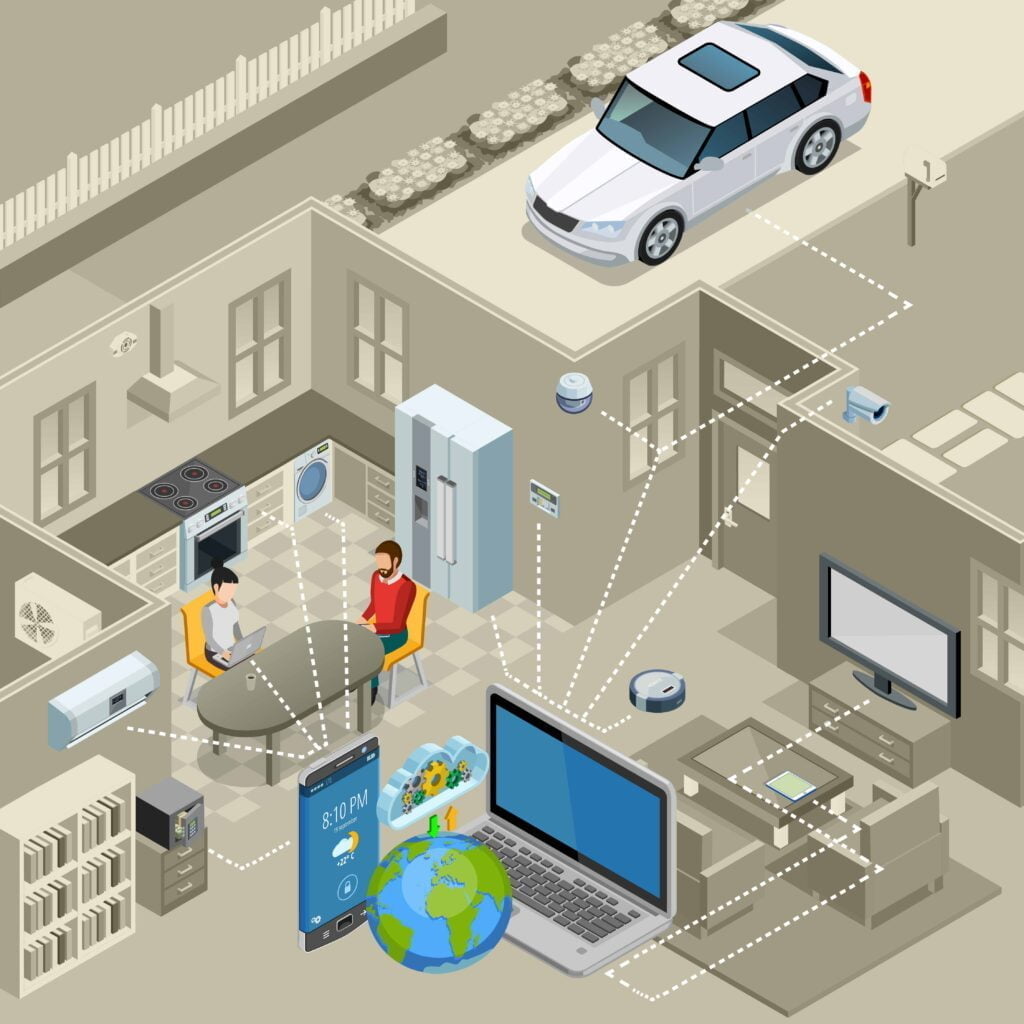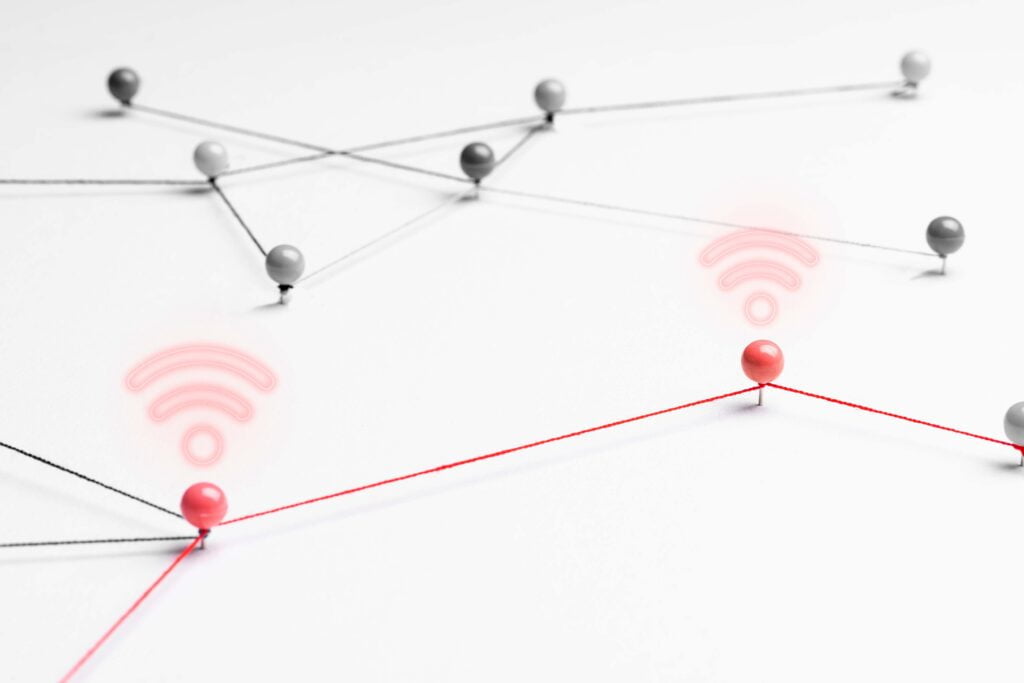Many people want to know what if LoRa wireless is decertified and what can happen. Right now, it’s not clear what will happen, but one thing is clear: it will have some serious implications for the industry.
If you also have the same question in mind, then read this article till the end because here we’ll discuss if LoRa wireless was no longer available for individuals and businesses, then what could happen to wireless design.
What Is LoRa Wireless?
It’s a radio frequency technology used for communication between devices. It’s ideal for both rural and remote areas. LoRa gained popularity in recent years. Now various companies are offering LoRa services and products.
Moreover, it has multiple applications. The most common one is it can help connect devices in the Internet of Things (IoT applications).
Due to its wireless design, it can connect sensors and other devices and ensure they can communicate and share data. A perfect example of the LoRa application is smart cities. Moreover, rural areas don’t have the wired infrastructure, so LoRa wireless works best there. Industries can also use this technology to monitor air quality and improve the manufacturing process.

What Will Be the Impacts of LoRa Decertification on Wireless Design?
As mentioned earlier, if LoRa wireless is decertified, it will impact both consumers and businesses.
For Consumers
LoRa decertification means consumers will lose an affordable and convenient way of communication. People who live in remote and rural areas and rely on LoRa for communication will be affected the most.
For Businesses
LoRa decertification means that businesses will have to find alternative solutions to fulfill their communication needs. Some businesses have invested heavily in LoRa products and infrastructure so that they will face financial loss and disruptions.
Wireless Design and LoRa Wireless
Many electronic products in the market have a wireless design. LoRa wireless is the most commonly used technology. It means if LoRa wireless were decertified, the wireless design would have been affected the most.
Moreover, products that rely on LoRa wireless should have been redesigned. It can be costly for manufacturers and can cause significant delays.
Benefits and Drawbacks of LoRa Wireless
LoRa wireless has some advantages and disadvantages.
Benefits
- It’s a versatile technology, and it has various applications.
- It can be used for both commercial and industrial settings.
- It can penetrate through walls and other obstacles; therefore, it’s reliable.
Drawbacks
- Infrastructure can be expensive to implement.
- It’s not widely available like other wireless technologies.
- It has a short range as compared to other wireless technologies.
How to Improve LoRa Wireless Range?
There are different ways to increase LoRa wireless range.
- A repeater can amplify the signal and increase the range.
- Using a higher gain antenna can also help increase the wireless signal range.
- A mesh network is another good option for increasing the LoRa wireless range.

Can LoRa Wireless Be Decertified – Possible Chances
The chances of decertification are relatively low. LoRa wireless technology is gaining popularity. Currently, there is no chance to decertify LoRa wireless. But in this world of technology, anything can happen.
Whenever it’s decided to decertify it, the decision will definitely face resistance because businesses have massively invested in this technology.
Conclusion
One thing is clear if LoRa wireless were to be decertified, it would significantly impact consumers and businesses. Businesses and consumers will have to find alternatives for their communication needs. But if it happens, there is nothing to worry about because other wireless technologies are available. In our opinion, the chances of decertification are relatively low, but anything can happen, so we’ll have to wait and see what happens in the future.
